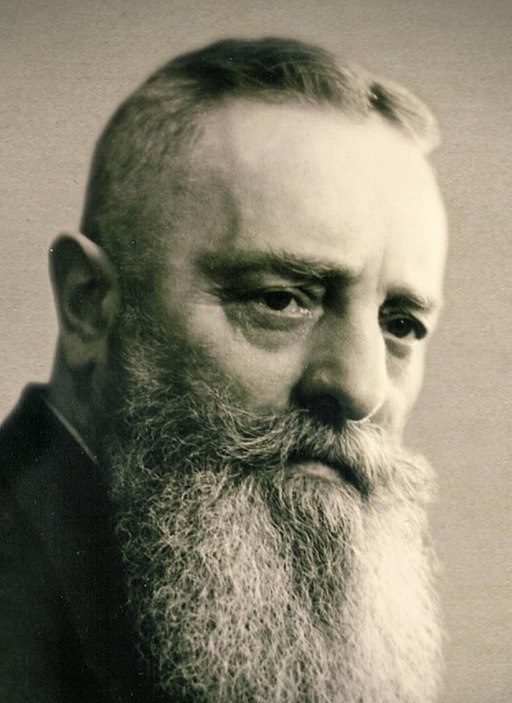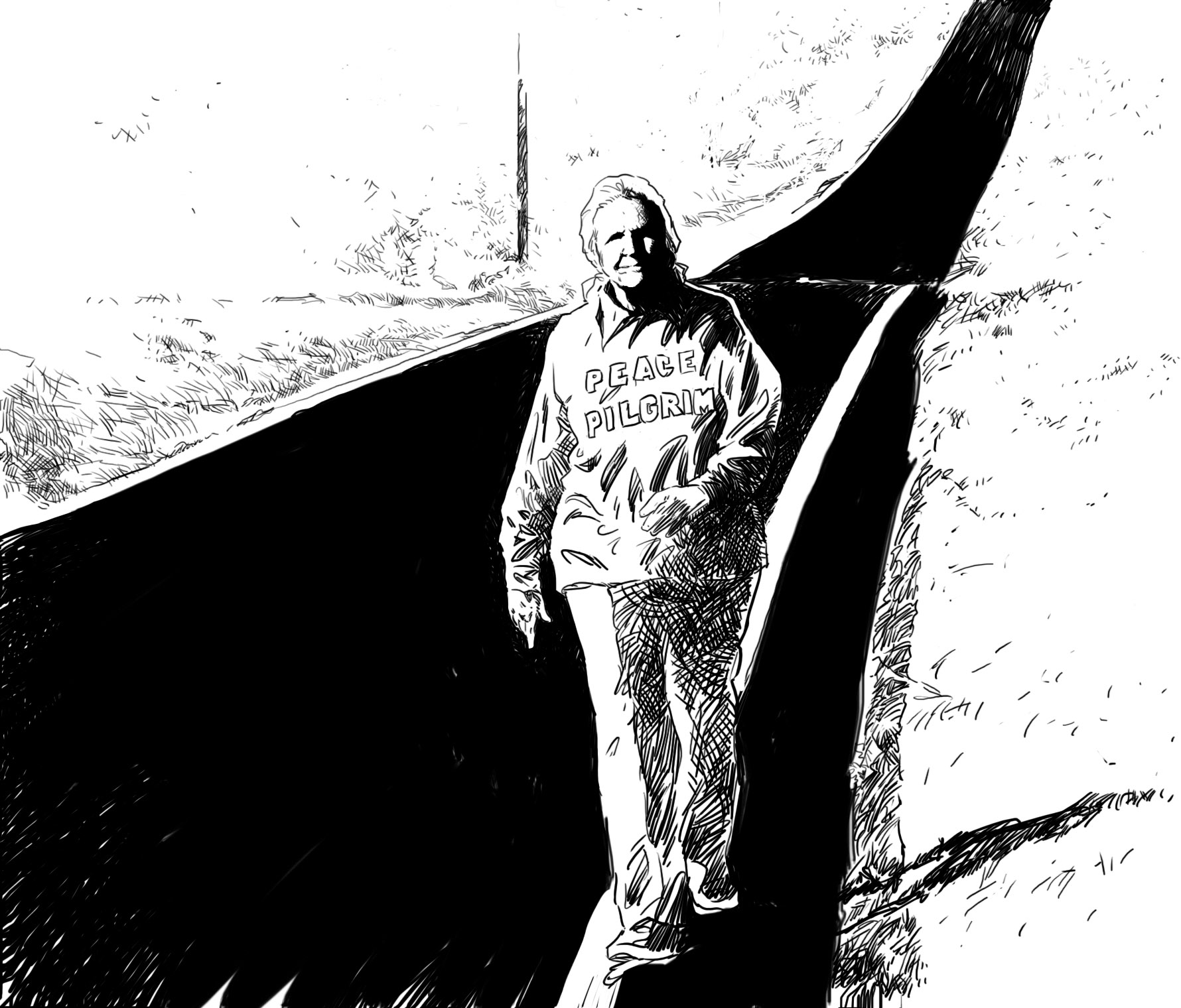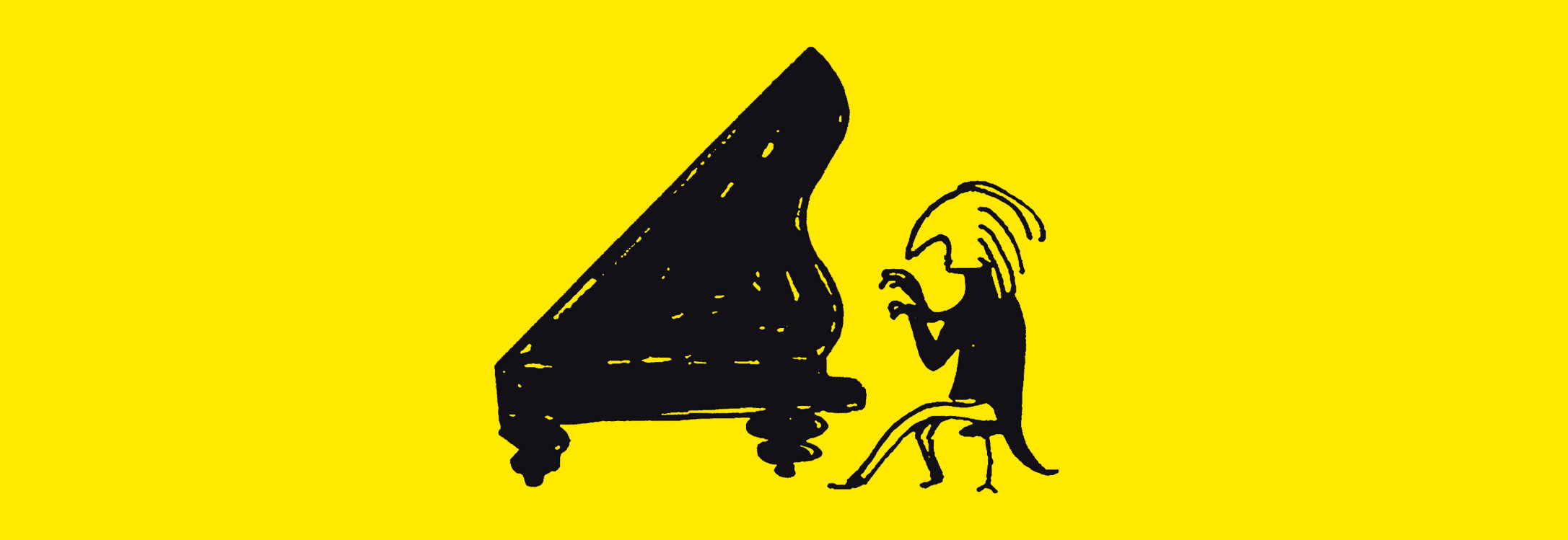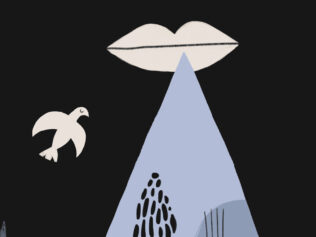
Was he a genius or the Austrian Don Quixote? Regardless of how we view the inventions he made, Viktor Schauberger was certainly a visionary ahead of his time in terms of technological ingenuity and sensitivity to nature.
The trout hovered motionless in the stream and its delicate movements were visible only from up close. However, when the boy put his finger in the water, the fish immediately disappeared; moreover, despite the rapid current, it swam off upstream.
As a child, Viktor Schauberger loved forests, but out of all nature it was water that truly captured his imagination. For hours on end, he would observe its movement in brooks and rushing streams. Water hypnotized him, perhaps even causing him to enter an altered state, in which he could ‘converse’ with it and learn its mysteries. The son of a forester and the eighth child out of 12, he would take every opportunity to disappear in the woods, spending entire days there, even when he was supposed to be in school. His peers would regard him as a reclusive weirdo, which never really changed throughout his life. He always preferred trees and rushing water to people, favouring direct observation of nature over science. Later, when he won recognition as an inventor and ‘water wizard’, Viktor would repeat that reading too many books draws attention away from really important matters, specifically contemplation of nature. In the partly autobiographical book Die Natur kapieren und kopieren [To Comprehend and Copy Nature] he admits that although he did not sufficiently study the discoveries of Pythagoras or Archimedes, he devoted much time to meditating on the laws of nature. Schauberger also wrote that all of his later ideas were in fact born during his forest excursions and that the truths revealed to him by water, forest and air are not something he could have learned in either school or church.
Water energy
Despite his father’s insistence and unlike his three brothers, Viktor did not enter university. In 1904, he graduated from technical college, receiving the title of forester (Forstadjunkt). This was nevertheless the end of his formal education. After the end of World War I he began working in the north-Austrian forests belonging to Prince Adolf von Schaumburg-Lippe. Silent and introverted, he quickly proved to be an expert in forest life and a competent participant in hunting trips organized by the young Princess von Schaumburg-Lippe. When the Prince announced a competition for a wood-floating construction in 1924, Viktor Schauberger was, exceptionally, allowed to present his project despite lacking engineering education or experience. Prince Schaumburg-Lippe agreed to erect a 50-kilometre-long wooden channel on the River Mürz in Styria exactly as designed by his forester, under the condition that he cover the cost of construction. Were the project to succeed, he would be reimbursed, but if not, he would not seek compensation. Viktor agreed.
Just like in the 19th century and earlier, during the interwar period wood was flowed down canals and rivers. Although natural currents were used, this was not an economically viable solution since larger, heavier logs and trunks would eventually sink to the bottom. On the other hand, transportation by horses was so expensive that it would often be unprofitable. Meanwhile, many new lumber and paper mills were being established after the war in Austria. The demand was huge, making it unsurprising that great landowners such as Prince von Schaumburg-Lippe, who commanded some 21,000 hectares, were eager to transform their hunting grounds into felling areas, outdoing each other in developing new, cheaper ways of flowing wood.
Viktor Schauberger not only entered the competition, but also won it. He based his idea on conclusions drawn from his many years of studying water mechanics and the knowledge his father passed on to him – for example, the fact that colder water has greater displacement, which means that wood is best flown on moonlit nights. The wooden channel he built faithfully recreated the bottom of the stream at which he spent so much time in childhood. He remembered that the flowing ice-cold water would create whirlpools around stones, foaming as if it were breathing, and becoming even more rapid. Analysing its rush, Viktor discovered the main principle of movement in nature: whirlpools. He could recall, for example, the trout swimming against the current by cleverly navigating natural whirlpools and colder currents. “Once I saw a water snake in a stream and his weird motion helped me to understand the principle of double movement,” he recalled many years later. He adopted this idea to construct his own, so-called ‘wild’ streams. Because of their design – full of rock steps and dams – they would form whirlpools in the water, facilitating transportation of heavy oak and beech wood, which would not sink but spin and flow with the current.
Another innovation of his was a special valve that allowed the exchange of ‘used’ water, warmed by the sun, with fresh, cold water. Energy created by water whirlpools and temperature differences was cheap (Schauberger’s mechanism reduced costs by as much as 90%) and environment-friendly. He was convinced that humanity could harness natural resources through cooperation, and sensed that an exploitative and extraction-oriented attitude to nature may lead to ecological disaster.
To comprehend and copy
In appreciation of Schauberger’s wooden channel, the Prince awarded him with the honorary title of game warden (Wildmeister). However, international recognition was an even greater reward, because it allowed him to become an inventor and constructor. His patented method was used to float wood in Bulgaria, Bavaria and the Balkans. Viktor became more and more outspoken about the necessity of respecting the laws of nature instead of trying to correct them. Still, in the times of Futurism, when the whole world was unanimously betting on urbanization and technology, Schauberger’s injunction to “comprehend nature and copy it” could not gain traction. His then radical claim that air and water are the most potent reservoir of energy caused the inventor to fall into disgrace with almost all of the period’s scientific circles. Engineers would reproach him for his lack of formal education, while in response he would accuse them of overemphasizing scientific theory and retort that “it would be better if Newton focused not on the reason why apples fall to the ground, but on the miracle of their growing up high.” Although Schauberger lacked academic grounding (or thanks to it, as he would argue), his ideas proved revolutionary. Despite contradicting the laws of physics in principle (his book contains an account of a dispute with engineers regarding wooden wild streams), his projects really worked.
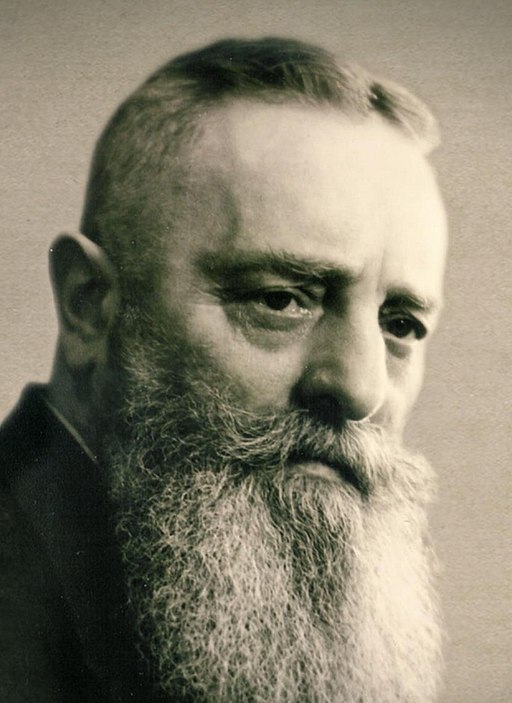
His next great discovery was a new method of regulating rivers in frequently flooded places. In his time, engineers used to reinforce banks with stones, deluding themselves that this could stop the element of water. Schauberger proposed, on the other hand, that stones be placed at the bottom of the river bed, thus forming a crater, accelerating the current and allowing the river to run deeper, which would prevent flooding. Although this idea did not require costly rearrangement of river banks, it met with distrust and was only implemented half a century later. In the years 2004–2005, hydraulics engineer Otmar Grober from Technische Universität Graz studied Schauberger’s method of minimizing flood damage. Today, it is used, for example, on the River Mürz – the very river where Schauberger built his first channel for flowing wood.
A voice crying in the wilderness
“The forest always beckoned to me,” he would say. “I would close my eyes and open my mind to water – it would then disclose its secrets to me.” Although Schauberger worked as an engineer after the success of his wooden streams, he rather resembled a Shinto monk or a shaman from deep Siberia, regarding nature as a spiritual entity and an ally.
Although he was very much in tune with the environment, he could not harmonize equally well with other people. He did have a wife and children, and his son Walter even became an engineer and tried to develop his father’s ideas, but they had trouble communicating. Viktor certainly had a lot of empathy and understanding for nature, but would remain distrustful of people.
All of his inventions, including a dozen or so patents (e.g. for water and wind turbines), were supposed to serve not only people but also the environment. Schauberger championed ecologically-conscious technology, borrowing its fundamental tenet from medicine: first do no harm. However, in the interwar period his approach must have seemed backwards. When he called to limit felling forests, explaining that this disturbs the circulation of water in the ecosystem, increasing the risk of torrential rains and flooding, as well as causing droughts and agricultural crises, he was pitiably laughed off. “Is it torrential rain or drought then?” his opponents would ask. “This forest guy should decide on one or the other!” Schauberger explained that if there are not enough trees, the earth warms up quicker, preventing water from sinking in and thus failing to replenish groundwater. As a result, it evaporates, forming clouds and leading to further torrential rains. Floods tend to recur, entailing the risk of water crises, which Schauberger wanted to prevent with another invention: a device meant to produce spring water. He was able to patent it, but production never took off, while forests that used to protect us from floods kept being felled on an even bigger scale.
His ‘golden plough’ also failed to become popular. The term refers to blades made of rustproof copper rather than iron. Along with other copper-based agricultural machinery, his invention was recognized only decades later and is now broadly used on ecological farms.
It was a copper hoe that actually brought the Austrian inventor to the attention of his contemporary biographer Jane Cobbald. In the introduction to A Life of Learning from Nature, she remarks that for many years she grew vegetables and flowers following the rules of traditional English gardening before she learned in the 1990s about the benefits of using copper tools. She went on to test them in her own garden and found out that her crop yield increased after replacing her iron shovels with copper ones. The vegetables grew bigger and better, while flowers were more resistant to plant louse and other pests. After exploring the subject further, she discovered that the use of copper and ploughs that imitate digging moles was already advocated half a century earlier – by a certain bearded Austrian!
Against the current
After achieving success in the 1920s, the subsequent decades largely disenchanted Schauberger. Work on new water treatment systems ground to a halt after a spectacular fiasco: during tests, the machine overheated and broke down. His device for cooling aeroplane engines, built on commission from Messerschmitt, also malfunctioned during trials. It remains unclear what other projects he was involved with at the time. The most frequently repeated version of his life story says that in the mid-1930s he was an engineer working for the Nazis. Allegedly, Adolf Hitler himself praised his inventions and projects. According to one urban legend, before World War II he developed a prototype for a flying saucer powered by an experimental air turbine, whose principle of operation remains unknown. Supposedly, already during the war, when he was imprisoned for several months in a concentration camp, he continued working on air-powered engines. Although Schauberger survived the war, he was impoverished, exhausted and disillusioned by failures. He never worked again with the same intensity.
According to his son Walter, he focused on the development of an ecological, self-propelling home-based generator of electricity, made from spiral pipes. Energy would be created by whirlpools of water and air. It was supposed to be his life achievement: a cheap and widely-available private power plant that harnesses natural forces without polluting the environment. The Austrian dreamer devoted his last years to this project, which drew the attention of Texan investors, who invited Viktor and Walter to the US towards the end of the 1950s to discuss potential collaboration. However, no contract was signed and Schauberger returned home foundering and feeling that he had wasted his life. According to his closest, he would bitterly complain: “I no longer have my own mind. I do not even have my own thoughts. After all I have achieved, nothing is left.” Paradoxically, even his first and most famous invention – the ecological and economical way of floating wood down rivers – turned against him. When transportation became cheaper and simpler, nothing stood in the way of embarking on the mass-scale, wasteful exploitation of forests, which he feared and abhorred so much.
Viktor Schauberger died five days after returning from America. What he left behind is not only a handful of patents and ideas, which are closely scrutinized today by innovators, but also the conviction that growth entails failing again and again. Perhaps he felt himself that the true measure of success is the determination in realizing one’s life mission in harmony with one’s beliefs.
Translated from the Polish by Grzegorz Czemiel


